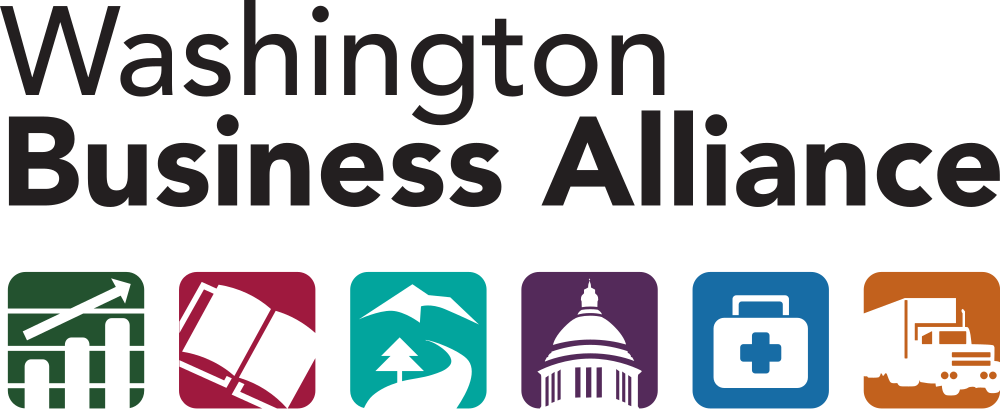by Hans D. Stroo on December 29, 2014
Long term unemployment is a stubborn problem in the state of Washington, where about 200,000 residents have exhausted all their unemployment benefits since July 2008. At least 118,000 of them remain unemployed. Though overall hiring has picked up, it lags in many regions and industries. Retraining is key. The state’s workforce development system has a wide variety of programs designed to help participants learn in-demand skills and, eventually, acquire jobs. But some programs provide more bang-for-buck than others.
Apprenticeships are a top performer, according to a recently-released annual report from the state’s Workforce Training and Education Coordinating Board. For every dollar invested, apprenticeships return an impressive $91 to participants in the form of increased net lifetime earnings; and $23 to the taxpaying public in additional tax revenue. On average, an apprenticeship increased a participant’s annual earnings by over $19,000 compared to someone of similar background and abilities who did not participate, according to cost-benefit research done for the Board’s report.
Washington workforce development apprenticeships follow an “earn while you learn” model, combining classroom studies with extensive, paid, on-the-job training under supervision of a journey-level craftsperson or trade professional. (The interactive graphic below shows distribution of those apprenticeships by industry).
But while apprenticeships pay off big for participants, employers, and taxpayers, there’s a troubling disparity. Participants are overwhelmingly male (85%) and disproportionately white. Almost half (48%) of apprenticeships fell within the male-dominated field of construction. The Board’s communications director Marina Parr said the lopsided gender demographics of the lucrative apprenticeships comprise “a teachable moment. As people become more aware of these opportunities, more of them will open up to women.”
Now, there are unequal opportunities for men and women across the state’s entire workforce training system. The state report notes, “In most instances, women who participated in a workforce program had lower median hourly wages and annual earnings than male participants.” Women earn around 15 percent less than men across a range of workforce programs.
There’s promise on this front, though. Some initiatives are underway to help ensure that women in Washington don’t overlook the solid careers and good pay of the construction-related trades. At Spokane Community College’s Apprenticeship & Journeyman Training Center, Program Coordinator Kenna May coordinates an annual event aiming to pull girls into the apprenticeship pipeline at an early stage, and compel them to think differently about themselves and their careers.
The event, Pizza, Pop & Power Tools, debuted in Spokane in 2003 and since its inception has exposed over 2,000 8th grade girls to the construction industry and engaged them to consider the construction trades as a viable career option.
May said that at this year’s event, “over 220 young women participated in hands-on experiences and activities that included welding, conduit bending, chop saw and nail gun operation, painting, concrete, roofing, soldering and heavy equipment operation. Throughout the event the girls and their chaperones were introduced to the wide array of employment opportunities in the construction trades that are available to any talented and competent young woman. These hands-on experiences were led by industry professionals, largely female apprentices and journey-level workers.” The idea is to give girls experiences and confidence that might lead them to take shop or metal class in high school and continue on to an apprenticeship after graduation.
8th grade girls in Spokane, WA participating in hands-on experiential learning activities in a wide array of construction trades at the 2013 Pizza, Pop and Power Tools event – photo credit Spokane Community College Apprenticeship and Journeyman Training Center
Apprenticeships were not the only program category whose value was borne out by the data in the 2014 Workforce Training Results report. The interactive chart below shows that many of the programs provided benefits to both the participant and the general public that far outweighed the costs associated with the program.
WTECB Performance Dashboards
In contrast to the solid performance of apprenticeships, Adult Basic Education (ABE) came out poorly in the evaluation. The program was found to have “No Significant Positive Impact” on either the average student’s employment or hourly wages. Parr said there is a programmatic variation on the ABE program called I-BEST that shows promise, producing better outcomes by putting two instructors in every class. One instructor focuses on developing basic skills and the other on jobs skills.
Performance varies markedly across the state’s different workforce training programs. However, also varying is the purpose of each program and the challenges faced by the population it serves. The Workforce Board sees strength in the diversity of the state’s portfolio of workforce training programs. Parr said, a “multiple-pathways approach informs everything that we do – the idea that people can get to a living wage through different routes.” The purpose of the report, produced annually, is to serve as an accountability tool.
Under its enabling legislation (RCW 28C.18.020), the state’s Workforce Board is responsible for coordinating 16 workforce development programs and the seven different agencies which administer them. Performance evaluations like the recent board report can help spark improvements to the state’s workforce training system. However, a shift in emphasis or funding requires action from the legislature, which the Board can only advise.
State House Workforce and Labor Committee chair Mike Sells (D – 38th) emphasized that problems with the state’s workforce training system are reinforced by the rigidity with which many separate funding streams come through the system. “You end up dealing with silos that are created around these separate funding streams,” Rep. Sells said. “And that makes it difficult to make changes.” Rep. Sells promoted a more streamlined and agile approach to funding – “set more like a block grant” – in order to better target money to the programs shown to be effective.
